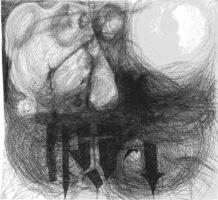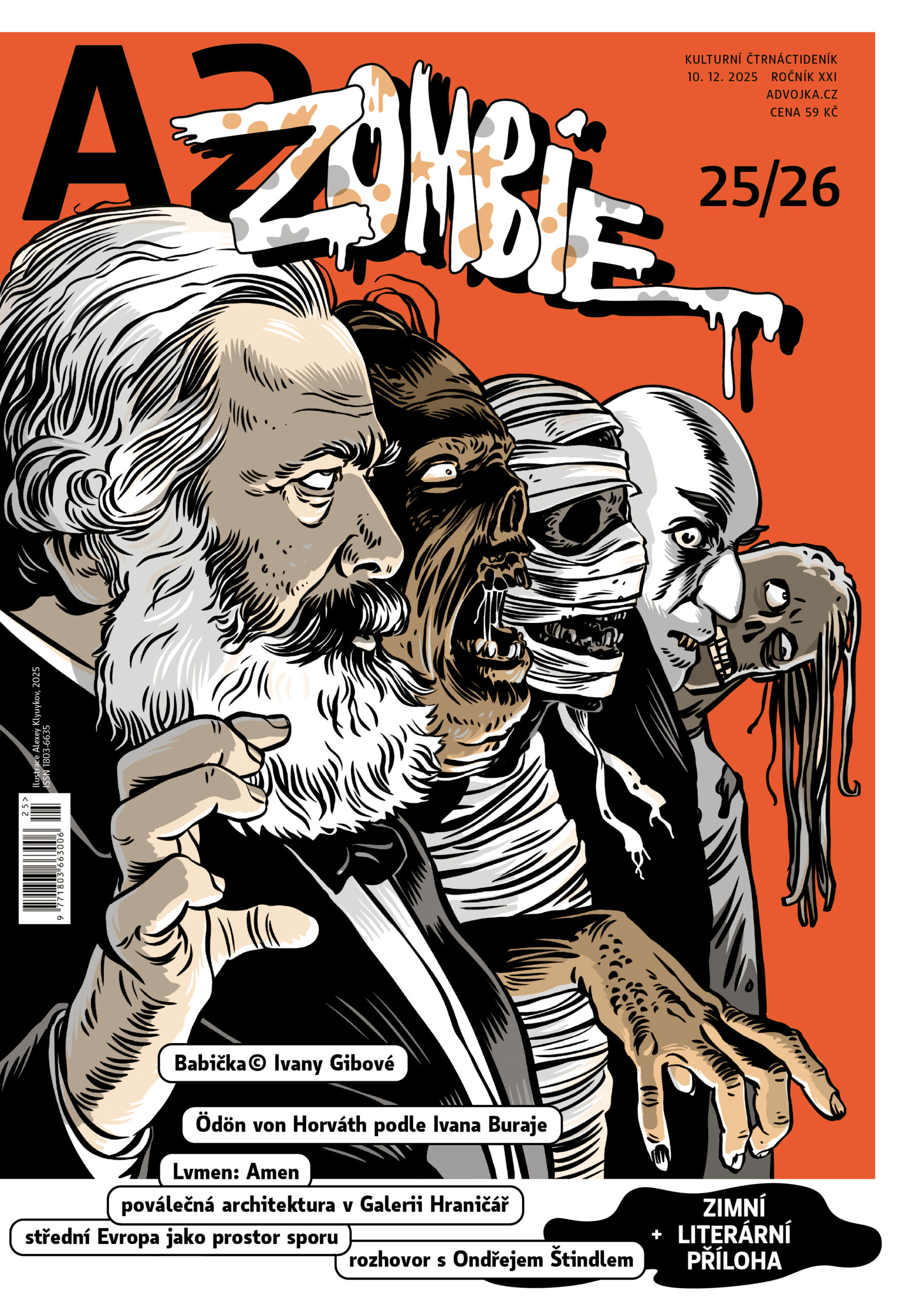Zeď zrychlení
Georgios Papadopoulos: Acceleration Wall. Following Paul Virilio to the outer limits of financial speculation, 2015
Is there a limit to financial exploitation? To the ability of capital to bank on its political, ideological, technological advantage over the poor? Making in it in the stock markets always was, and still remains, a matter of ‘unfair’ advantage that was realized in an uneven playing field. Traditional financial theory can only understand profit in the market through an imperfection [sic] of some kind or other: either by an arbitrage opportunity, or antisymmetric information, or monopoly, … Of course, the imperfections in the financial architecture are the builtin structural advantages for the big players who set the rules of the game. If one follows the trajectory of financial speculation, one can trace the history of such ‘imperfections’ and their function in allowing unfair advantages and rents, as more knowledge, misguiding the public, inside information, technological advantage and, of course, the ability to commit fraud with relative impunity.
The recent revolution in information and communication technologies has been both a blessing and curse for big money, allowing new opportunities of rent extraction in finance, but also eroding the ‘unfair’ advantages of the insiders, by allowing easier and more equitable access to economic data, to prediction and trading algorithms. The last citadel of the financial elite remains its speedadvantage, flash automated trading, can capitalize on differences of a few milliseconds to rip profits from arbitrage that takes place in “off exchange trading” and “dark pools”. The flash crash that occurred on the 6th of May, 2010, when the Dow lost a 1000 point in a matter of a few minutes, was blamed to a glitch in the automated trading algorithms that led to a huge sellout of stocks. Is the flash crash just a symptom of the financial markets reaching their technological limits, where no technological innovation can contribute to creation
of profits by capitalizing in some kind of “imperfection”. Does the flash, automated, trading represent a singularity, is the speed of light the ultimate frontier of financial speculation, and what does it mean for financial markets that we are reaching a stage where automated transactions reach this outer frontier of nature. The acceleration wall is a reminder that financial transactions are now beyond human control and also that financial speculation is reaching a natural frontier. Implosion seem to be just around the corner and soon enough the rational exuberance of automated trading is about to hit a wall.
Automatic trading implies the importance of speed and consequently of time in the understanding of the operation of financial market. Next to the importance of speed, there is the metaphor of picnolepsy, a term introduced by Paul Virilio in his book on the Aesthetics of Dissapearence. Picnolepsy describes an epileptic state of being brought about by the speed of circulation of information (economic information that communicates the circulation of value). The epileptic state is defined by unexpected and uncontrolled seizures, that deprive the individual the relation to the environment and sometimes even from consciousnes. Picnolepsy signals the passage to a new aesthetic regime, a new standard of perception. Speed connects the two metaphors and point to the direction of the research of economic value. The use of picnolepsy, a manufactured concept in critical theory, developed to analyze the effects of cinema (and of the moving image in general) to perception creates
a completely different effect that the use of a metaphor of classical physics. The aim here is not to rethink economic discourse in the image of Science (with a capital S) but rather to bring economics back to the social and to investigate the impact of the acceleration of the circulation of economic value in networks and interfaces, a consequence but also a cause for the quest for profit, on the subjective and the collective level. The use of picnolepsy raises questions of agency and consciousness rather than rationality pointing to a new paradigm for the analysis of the psychopathologies of finance in a system that reaches the speed of light.
Georgios Papadopoulos: Zeď zrychlení. Následování Paula Virilia k vnějším limitům finanční spekulace, 2015
Existuje nějaké omezení pro finanční vykořisťování? Existuje nějaké omezení pro schopnost bankovního kapitálu spoléhat na svou politickou, ideologickou či technologickou výhodu oproti chudým? Tvorba kapitálu na akciových trzích vždy byla a stále je otázkou „nespravedlivé“ výhody, která je uplatňována na nerovném hřišti. Tradiční finanční teorie může zisk na trhu pojímat jen jako svého druhu nedokonalost (sic): buď jako arbitrážní příležitost, anebo antisymetrickou informaci či monopol… Samozřejmě platí, že nedostatky ve finanční architektuře jsou vestavěné strukturální výhody velkých hráčů, kteří stanovují pravidla hry. Sledujemeli trajektorii finančních spekulací, spatřujeme historii těchto „nedokonalostí“ a jejich funkci při umožňování nespravedlivých výhod a zisků, jako jsou větší znalosti, obelhávání veřejnosti, interní informace, technologické výhody a pochopitelně také možnost relativně beztrestně páchat podvody.
Současná revoluce odehrávající se v informačních a komunikačních technologiích byla pro velké finance jak požehnáním, tak prokletím, vytvořila nové příležitosti dobývání renty ve finančnictví, ale také umenšila „nespravedlivé“ výhody insiderů tím, že umožnila snazší a rovnější přístup k ekonomickým datům, předvídání a obchodním algoritmům. Poslední baštou finanční elity je výhoda rychlosti, vysokorychlostní, automatizované obchodování, které může těžit z rozdílů několika milisekund, dosáhnout zisků v arbitráži, která probíhá v rámci „over the counter“ obchodování a v oblasti „dark pool“. Náhlý propad, ke kterému došlo 6. května 2010, kdy Dow ztratil 1000 bodů během několika minut, byl přisuzován závadě v automatizovaných obchodních algoritmech, která vedla k obrovskému výprodeji cenných papírů. Je náhlý propad jen příznakem toho, že finanční trhy dospěly ke svému technologickému limitu, za nímž už žádná další technická
inovace nemůže přispět k tvorbě zisků kapitalizací nějaké „nedokonalosti“? Představuje bleskové, automatické obchodování singularitu? Je rychlost světla konečnou hranicí finančních spekulací? A co pro finanční trhy znamená, že jsme dosáhli stadia, kdy automatizované transakce narážejí na tuto vnější, přírodní hranici? Zeď zrychlení je připomínkou toho, že finanční transakce jsou nyní mimo lidskou kontrolu, ale také že finanční spekulace dosahuje přirozené hranice. Imploze se zdá být za rohem a racionální nevázanost automatických obchodů brzy narazí do zdi.
Automatické obchodování implikuje důležitost rychlosti, a tedy i času ve fungování finančního trhu. S důležitostí rychlosti souvisí metafora piknolepsie, kterou zavedl Paul Virilio ve své knize Estetika mizení. Piknolepsie popisuje epileptický stav způsobený rychlostí oběhu informací (například ekonomických informací, které souvisí s oběhem hodnoty). Epileptický stav je definován náhlými a nekontrolovanými záchvaty, které připravují jedince o vztah k okolnímu prostředí a někdy dokonce o vědomí. Piknolepsie signalizuje přechod k novému estetickému řádu, nový standard vnímání. Rychlost tyto dvě metafory spojuje a zároveň poukazuje k výzkumu ekonomické hodnoty. Použití piknolepsie – coby konceptu vytvořeného kritickou teorií a rozvinutého pro analýzu dopadů kinematografie (a pohyblivého obrazu obecně) na vnímání – má zcela jiný účinek než použití metafory klasické fyziky. Cílem zde není předělat ekonomický diskurs k obrazu
Vědy, ale spíše přivést ekonomiku zpět k sociálnu a zkoumat dopad zrychlení oběhu ekonomické hodnoty v oblasti sítí a rozhraní na subjektivní i kolektivní úrovni, s tím, že toto zrychlení je důsledkem, ale také důvodem honby za ziskem. Užití piknolepsie vyvolává otázky, které se týkají jednání a vědomí spíše než racionality a které směřují k novému paradigmatu analýzy psychopatologií finančního sektoru v systému dosahujícím rychlosti světla.




